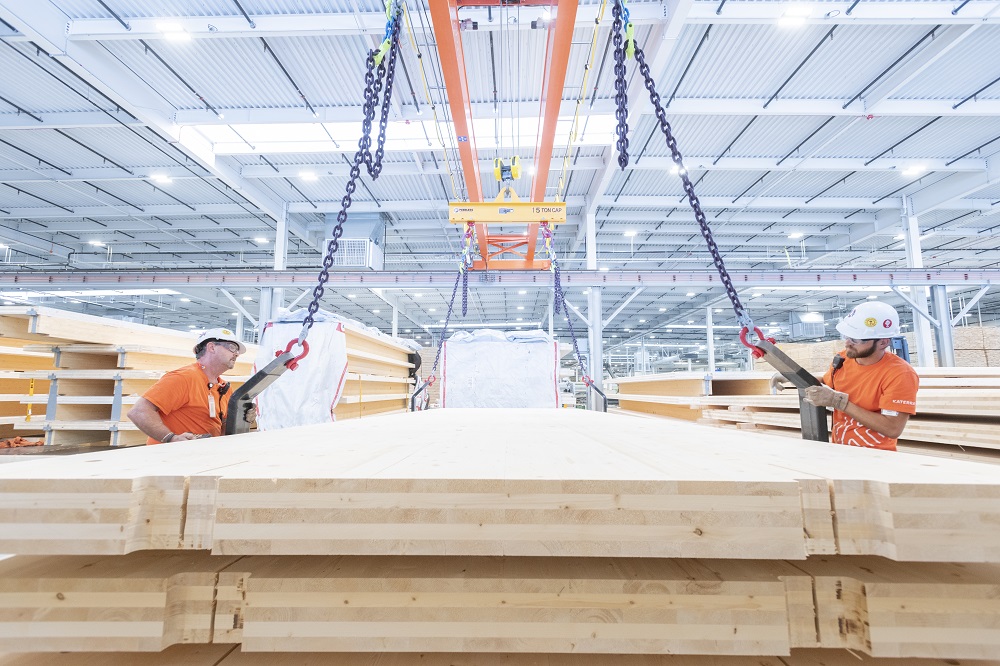Cigarette butt
Asphalt is one of the world’s most popular pavement materials. Because of that, researchers and scientists are constantly looking for ways to improve upon it. Additives have been included in some asphalt mixes for years to improve strength, but recently researchers have been getting pretty clever with the types of additives they’re testing.
Recent studies have tested salt releasing pavement de-icing additives, crack healing additives, and even a strengthening additive made from recycled plastic.
Much like the recycled plastic additive mentioned above, placing cigarette butts encased with paraffin wax solves two problems at once, it reduces landfill waste while also improving upon asphalt’s design, according to a team of researchers in Melbourne, Australia. Unlike the plastic example, the cigarette butts do not improve the strength of asphalt, but they do help reduce the heat island effect of the pavement.
The City of Los Angeles recently made headlines when they decided to “paint” some of their existing asphalt roads a much lighter color in order to reduce heat island effect. Instead of changing the color of the asphalt, the researchers found that cigarette butts reduce the bulk density and increase the porosity of the bitumen, thus allowing for lower surface temperatures.
According to Lansing Community College, 4.3 trillion cigarette butts are littered every year and 80% of those butts eventually make their way into our waterways. Their pollution results in lower quality drinking water and also leaches chemicals like cadmium, lead, and arsenic into the environment. Birds, fish, and other wildlife are greatly affected by the ingestion of cigarettes, as well.
Full Study: Physico-mechanical properties of asphalt concrete incorporated with encapsulated cigarette butts | Science Direct











Like most of the other electric machines that have been announced previously, Volvo promises that this midsized, 14 metric ton excavator will have the same performance as a similarly sized diesel version. The X03 is currently in the concept stage, so Volvo does not have immediate plans to bring it to market, but it shows the possibilities that electronics on heavy machinery can allow for.